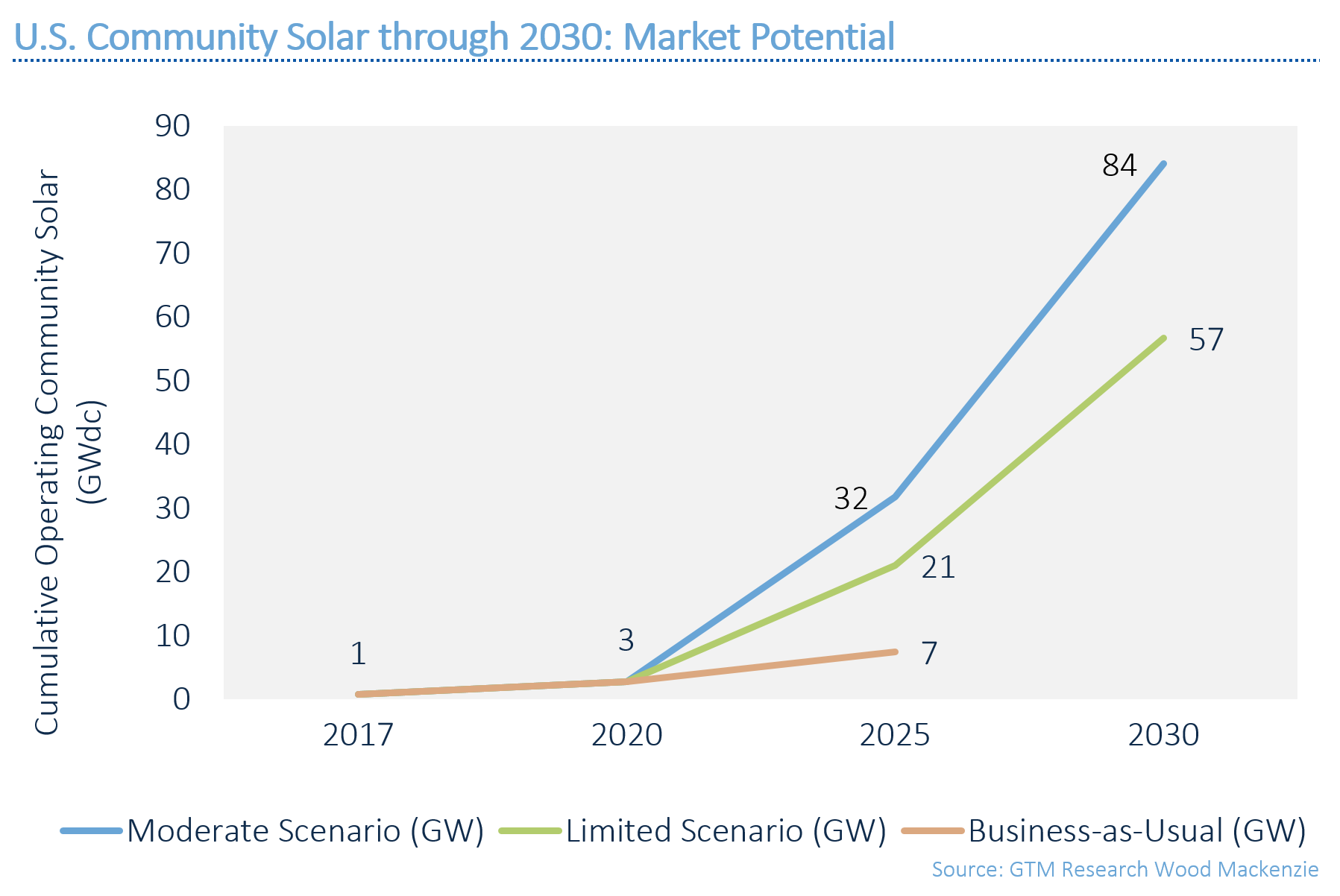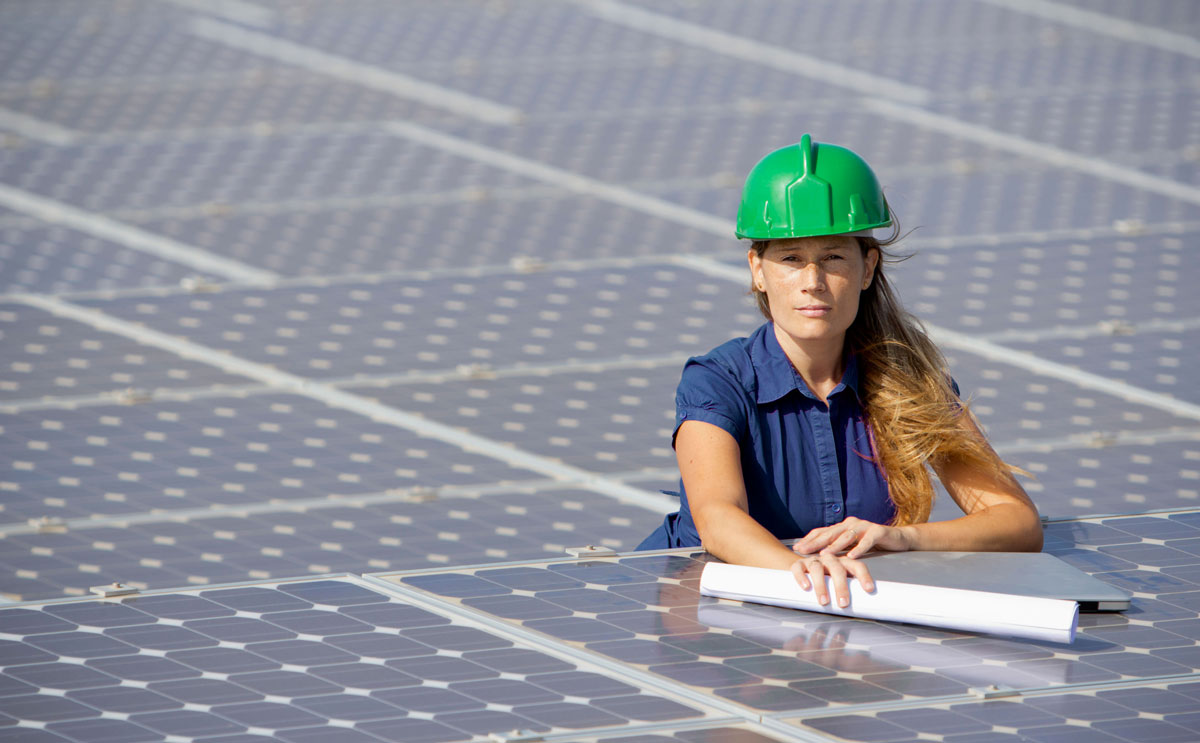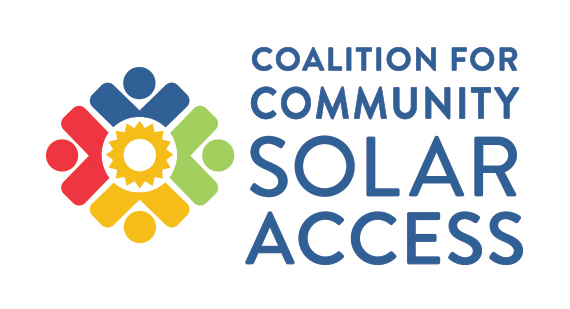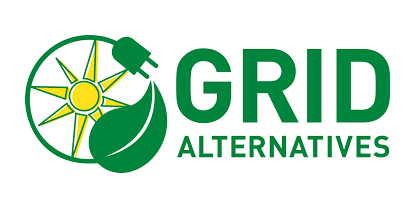The Vision for U.S. Community Solar: A Roadmap for 2030
Thanks to pent up customer demand for affordable clean solar energy, community solar has successfully expanded access to solar for American homeowners, renters, and businesses and has become the fastest growing segment of the solar market with over 1GW of installed capacity.
Three out of four households across the country cannot access traditional rooftop solar. Community solar is a proven solution that expands access to solar, regardless of income level or housing type. Policymakers must create and scale sustainable and equitable community solar programs to provide all households the right to access cost saving solar solutions.
This report was released in July 2018.
Despite clear consumer interest and immense market opportunity, the model hasn’t yet achieved scale because most states lack community solar policies – and those that do are still largely not adequately reaching and serving a diverse customer base. Transformative growth of community solar will not happen overnight. But improvements in program design and implementation, financing solutions, and customer-focused offerings can expand solar access to all customer types.
To help state policymakers, market participants, and advocates address these gaps and expand community solar options, GTM Research conducted a study to evaluate the community solar market potential and identify pathways for community solar adoption nationwide by 2030. The study was supported by Vote Solar, GRID Alternatives, and Coalition for Community Solar Access.
 Download the Executive Summary »
Download the Executive Summary »
 Download the Full Report »
Download the Full Report »
View the Community Solar infographic
What is Community Solar?
Affordable solar energy is giving families, businesses, schools and many others a way to lower energy bills and invest in our new energy economy. However, rooftop solar simply isn’t an option for the majority consumers who want it – families who rent, have shaded rooftops, or don’t qualify for standard financing solutions, for example. Community solar gives customers like these a way to go solar and save for the first time. Community solar enables multiple customers to participate in a shared solar installation located somewhere else in their community and receive a credit on their utility bill for their share of the power that the solar project produces.
In the Community Solar Vision Study, we establish a vision for a market where community solar is a mainstream option for consumers to choose and control their own energy generation—especially for those lacking access to traditional solar options, such as renters and low- and moderate-income consumers.
If we can achieve this vision, community solar can empower communities most in need, expand solar access to all customers, build a more resilient electric grid, and create good local job in the nation’s new energy economy. We stand ready to work with lawmakers and regulators to design smart policies that create a win-win-win for customers, the grid, and the environment.
“We can’t put solar panels on our roof, so it was exciting to hook into a local solar project and help the planet.”
~ Iris Arno, Community Solar customer
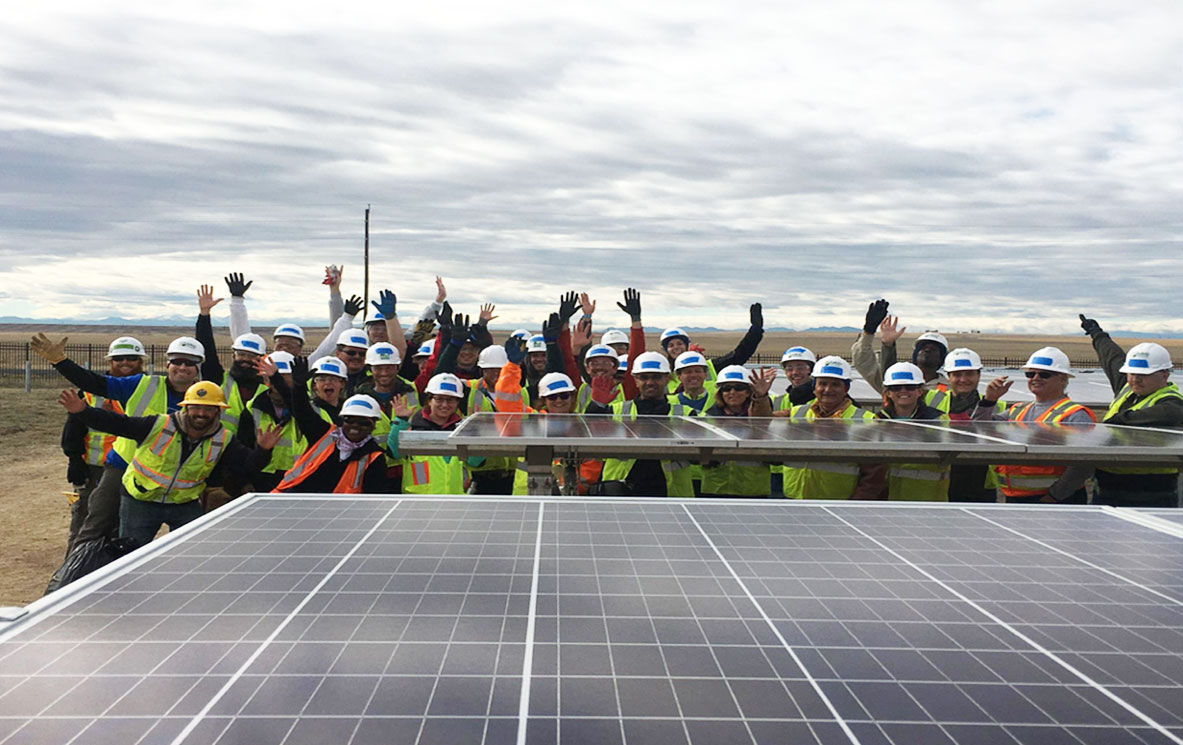
Key Findings
Community solar’s potential is clear and the industry is ready to scale
Looking at costs and market trends, The Vision for U.S. Community Solar roadmap estimates that the U.S. community solar market, which currently accounts for 1 gigawatt of installed capacity, can sustainably scale to 50-70 times that size by 2030. This equates to upwards of 8 million new solar customers, including 2 million low-to-moderate income customers, and $100 billion in capital investment.
Nationwide
- Total Community Solar Capacity Operating: 57 GW to 84 GW
- Annual Electricity Generated: 72 TWh to 107 TWh
- Share of National Electricity Consumption:1.6%-2.6%
- Subscribers Served: 6.4 million to 8.8 million
- Low- and Moderate-Income Households Supported:3.5 million to 4.0 million
- Cumulative Capital Invested: $81 billion to $121 billion
“Not only are we contributing to a healthy environment, but every dollar that is saved on electricity is a dollar that families can spend on health foods, sports programs for their children, and books for their home.”
~ Sally Sorte, Founder, Academy 360 – Community Solar customer

Community solar expands equitable access to clean energy benefits
There are 50 million (43% — or nearly half) households across the country that are considered low-to-moderate income. Community solar provides the flexibility to deliver clean energy access to all low-to-moderate income (LMI) customers, including renters and multifamily housing – of which LMI households are more likely to occupy.
Community solar offers significant benefits to low-income customers, including opportunity for bill savings and energy burden reduction, targeted, flexible value propositions tailored to LMI customers’ unique needs, and local economic opportunity to drive the clean energy transition.
Of the community solar projects deployed to-date, only 5% of projects serve more than 10% low and moderate income customers, despite their representing a tremendous segment of the market. There’s an opportunity to further expand access and participation in community solar projects by low-income households through policy, innovation, financing and programmatic support.
Along with the Low Income Solar Policy Guide from Vote Solar and GRID Alternatives, this report includes specific policy and market based solutions to improve the community solar offering for low-to-moderate income households.
Vote Solar also offers a guide to Community Solar for Low Income Communities
“I’ve been concerned with global warming for 40 years. This is a way I can fight climate change without having to put a solar system on my house.”
~ James Fellman, Community Solar customer
Opportunities
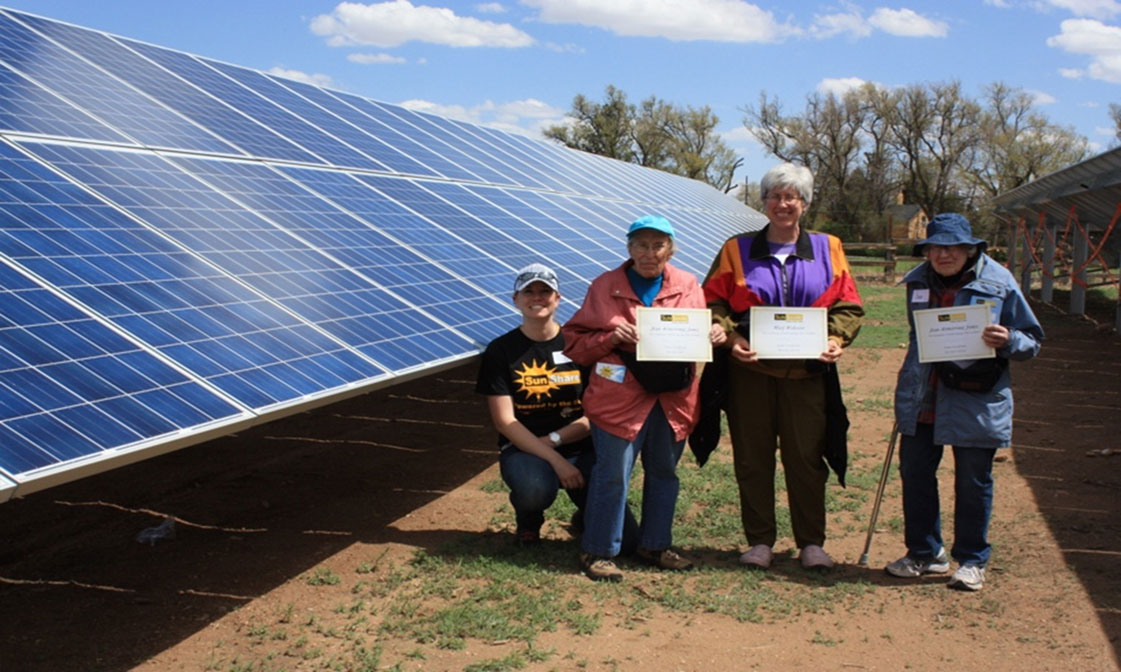
Delivering on U.S. community solar potential
The report found that community solar subscribers overwhelmingly care about receiving tangible economic benefits, such as bill savings, predictable pricing, and low / no upfront costs – so delivering that economic value proposition to all customer segments is key to successfully scaling the community solar market. Improvements in program design and implementation, financing solutions, and customer-focused offerings can successfully deliver those economic benefits to consumer participants.
With the right combination of policy solutions, incentives, consumer protections, business model innovations, financing and programmatic support, there’s an opportunity for community solar to play a critical role in creating an equitable clean energy future.
Key policy recommendations include:
- Establish statewide community solar policies to open viable markets: Currently only 19 states and DC have a statewide program that provide an early opportunity for community solar to sustainably scale.
- Bill introduction & passage of legislation with the inclusion of low- and moderate-income communities in mind, recognizing the societal benefits and overall market opportunity that full LMI participation represents
- Design programs to support meaningful participation by underserved communities: Inclusive policies, effective program design, and financing and programmatic support are essential to create equitable community solar solutions.
- Expand existing programs to create sustainable and scalable markets: Proper valuation methodologies are critical to support community solar in a changing market landscape.
Program implementation that provides stable, fair rates and market participation structures that recognize and compensate community solar facilities for the full range of their grid, environmental and societal benefits. In addition, market participants such as community solar developers and financiers should continue to focus on innovation that delivers customers what they want: cost-savings and predictability.
“I was surprised we could support a solar project in my neighborhood with no upfront investment. And the best part, we save money each and every month!”
~ Chrissie O’ Leary, Community Solar customer
State Case Studies
Across the U.S., only only 19 states and DC have state-wide programs. Although voluntary utility-led programs exist across the country (projects in 42) states, these are often at limited scale and rarely provide consumers cost-savings.
Community solar is enabled and encumbered by individual program rules and regulations on who can participate and how community solar projects and subscribers are compensated.
We examine four state markets in the Vision Study in different regions with different makeups. Each state differs in their current level of experience with community solar. Investment in these four states would top $17.4 billion by 2030.
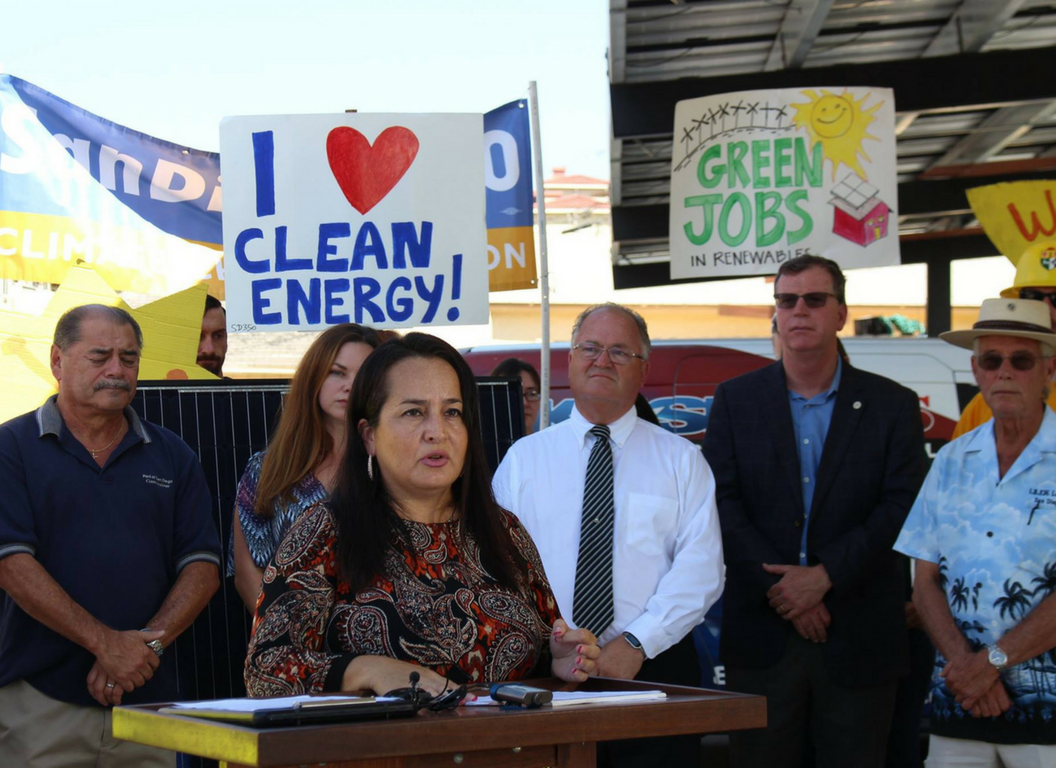
California
California has been a clear market leader in solar energy in nearly every aspect, making up just over 38% of overall U.S. solar deployed to date. However, the state’s Green Tariff Shared Renewables Program has failed to provide access to community solar for the state’s residents and businesses. Under the Green Tariff Shared Renewables program enacted in 2013, the three CA IOUs are required to procure up to 600 MW of new renewables to which customers can subscribe. However, to date, only two community solar projects are under development. Meanwhile, municipal and cooperative utilities like SMUD and Imperial Irrigation District have set up more ambitious solar projects that target bill savings for subscribers, including low-income customers.
We urge state leaders to improve California’s lagging community solar options and show the nation and the world what real clean energy and climate justice leadership looks like.
- Total Addressable Market: 14.8 million customers
- Total Community Solar Capacity Operating: 6.3 GW to 8.2 GW
- Annual Electricity Generated: 9.4 TWh to 12.4 TWh
- Share of State Electricity Consumption:3.4% to 4.4%
- Subscribers Served: 747,000 to 964,000
- Low- and Moderate-Income Households Supported:440,000 to 550,000 Cumulative Capital Invested: $9.8 billion to $12.8 billion
- Annual Spend on Operations, Leases and Taxes: $125 million to $165 million
Florida
Despite exciting recent growth in other solar market segments, Florida does not currently have a statewide community solar option. Well-designed programs at the state or utility level would help more Floridians save on their energy bills, improve community resilience and unleash more of the state’s tremendous solar job creation opportunity.
- Vision Scenarios Total Addressable Market: 8.4 million customers
- Total Community Solar Capacity Operating: 2.3 GW to 3.6 GW
- Annual Electricity Generated: 3.2 TWh to 5.1 TWh
- Share of State Electricity Consumption:1.1% to 1.8%
- Subscribers Served: 287,000 to 384,000
- Low- and Moderate-Income Households Supported:141,000 to 189,000
- Cumulative Capital Invested: $3.3 billion to $4.0 billion
- Annual Spend on Operations, Leases and Taxes: $34 million to $55 million
Michigan
Despite strong potential, Michigan does not currently have a statewide community solar option. We urge legislators to pass a statewide community solar program that would help more families save on their energy bills, improve community health and create good local jobs.
- Total Addressable Market: 3.7 million customers
- Total Community Solar Capacity Operating: 1.4 GW to 2.3 GW
- Annual Electricity Generated: 1.5 TWh to 2.5 TWh
- Share of State Electricity Consumption:1.5% to 2.4%
- Subscribers Served: 177,000 to 288,000
- Low- and Moderate-Income Households Supported:92,000 to 176,000
- Cumulative Capital Invested: $2.0 billion to $3.0 billion
- Annual Spend on Operations, Leases and Taxes: $21 million to $35 million
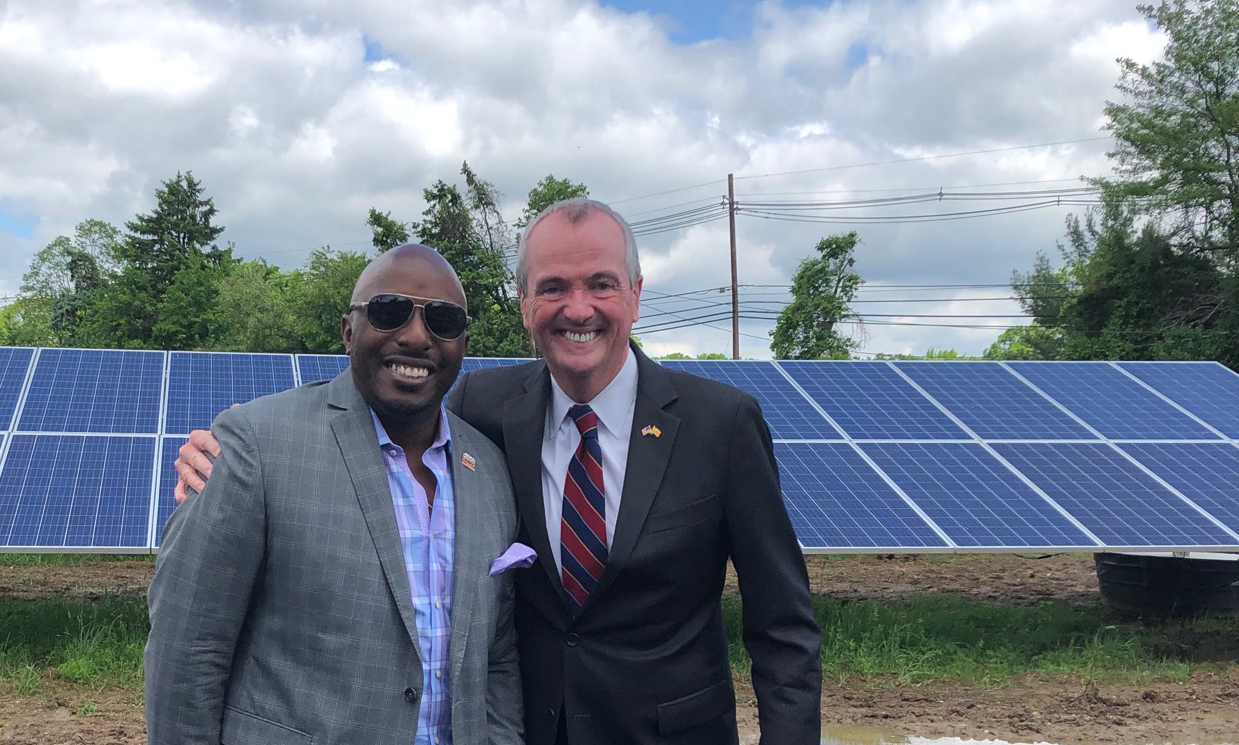
New Jersey
In 2018, the state passed an exciting new community solar program, which is currently being implemented by regulators. We urge regulators to ensure that this program delivers tangible economic benefits to all customer types, including low-income families.
- Total Addressable Market: 3.5 million customers
- Total Community Solar Capacity Operating: 2.3 GW to 3.3 GW
- Annual Electricity Generated: 2.6 TWh to 3.6 TWh
- Share of State Electricity Consumption:3.3% to 4.5%
- Subscribers Served: 219,000 to 410,000
- Low- and Moderate-Income Households Supported: 119,000 to 255,000
- Cumulative Capital Invested: $2.8 billion to $4.9 billion
- Annual Spend on Operations, Leases and Taxes: $47 million to $65 million
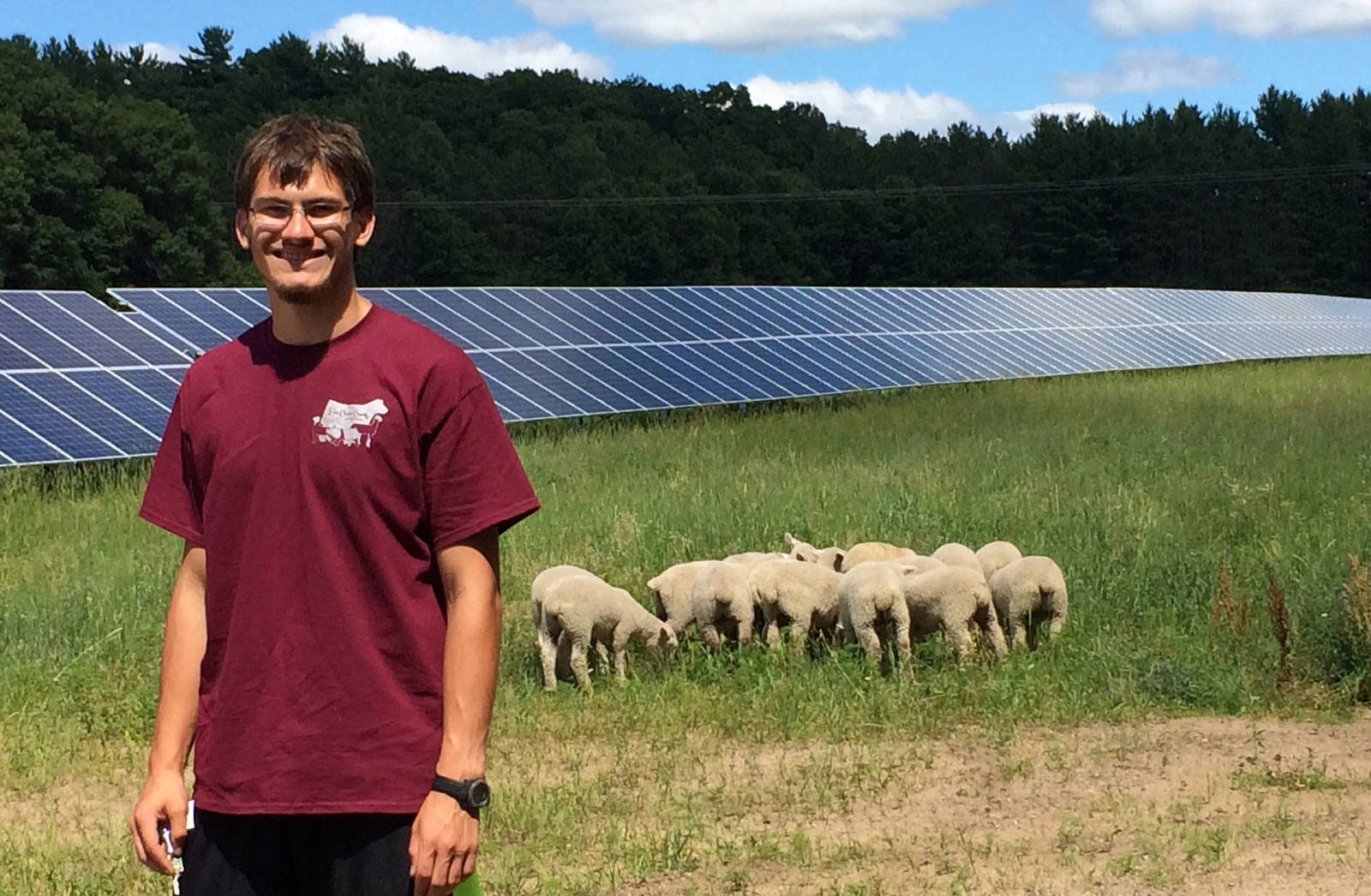
Rural Cooperatives
Rural cooperatives can benefit from more community solar.
Rural electric cooperatives provide electricity to 42 million people in 47 states across the country. The overwhelming majority of Americans want more renewable energy, yet it accounts for only 8% of electric co-op power. Individuals and local communities have the right to choose local, reliable, and clean energy solutions.
Download our guide:
Download our guide: Community Solar Works For Rural Electric Cooperatives
Related:
Get the Full Report
Download the Executive Summary and Full Report for complete access to The Vision For U.S. Community Solar: A Roadmap to 2030.
 Download the Executive Summary »
Download the Executive Summary »
 Download the Full Report »
Download the Full Report »
Prepared by:
Special thanks to:



